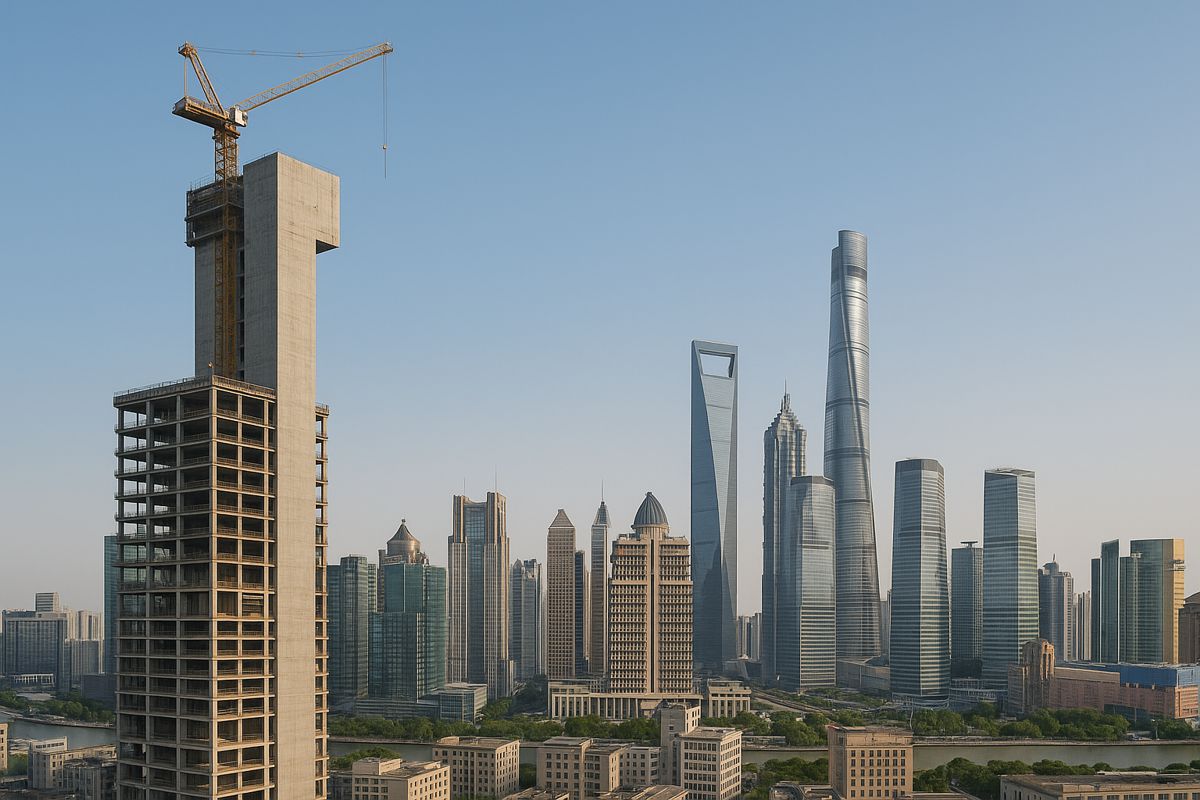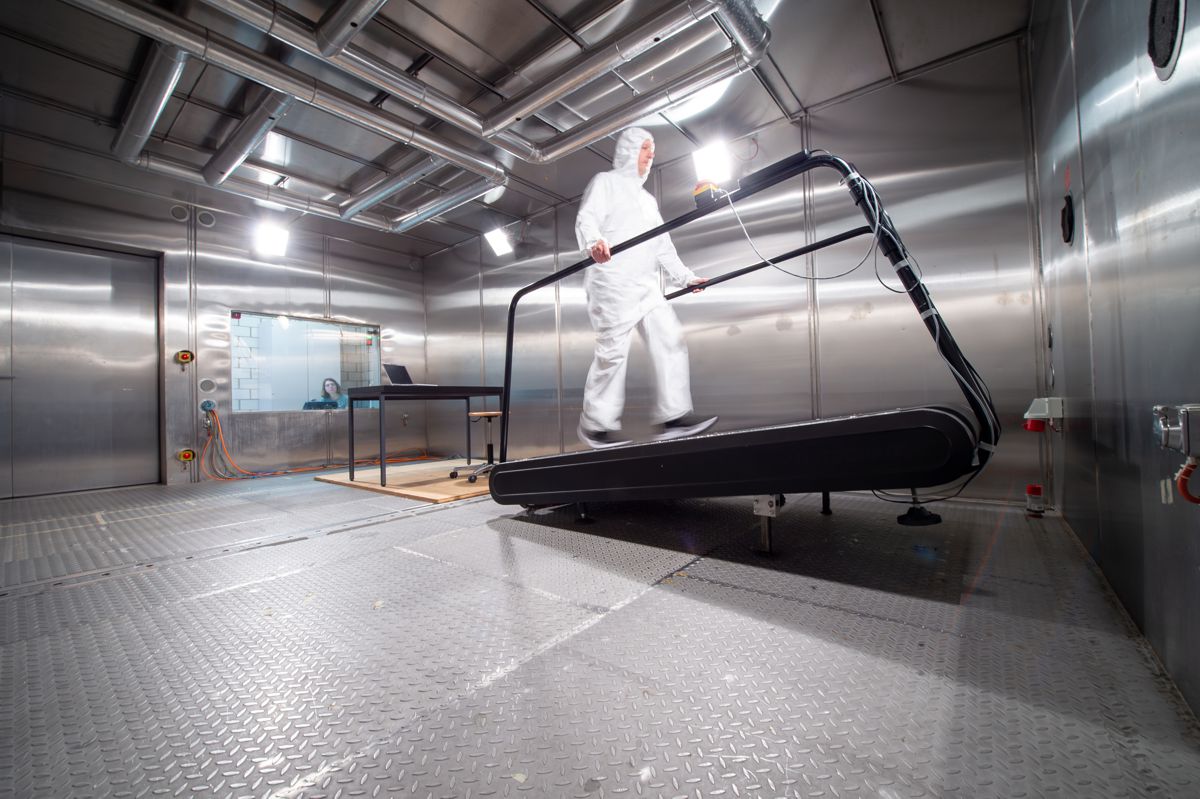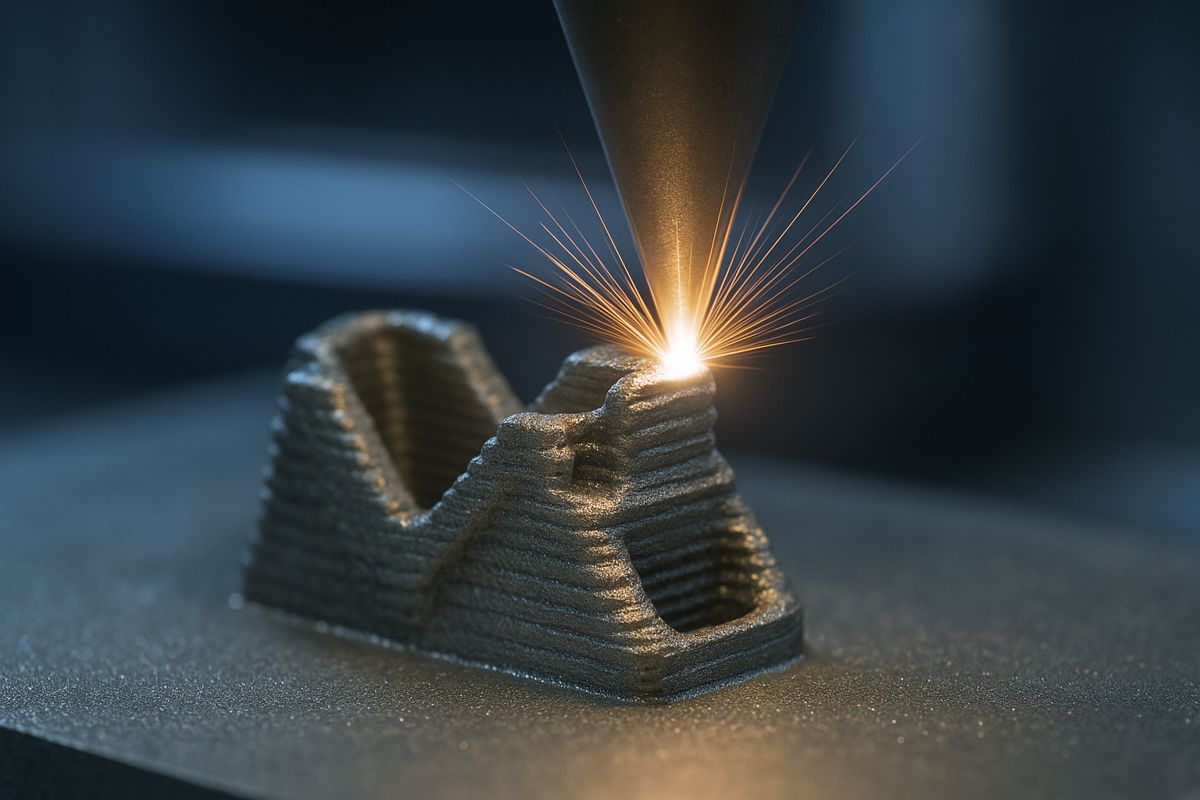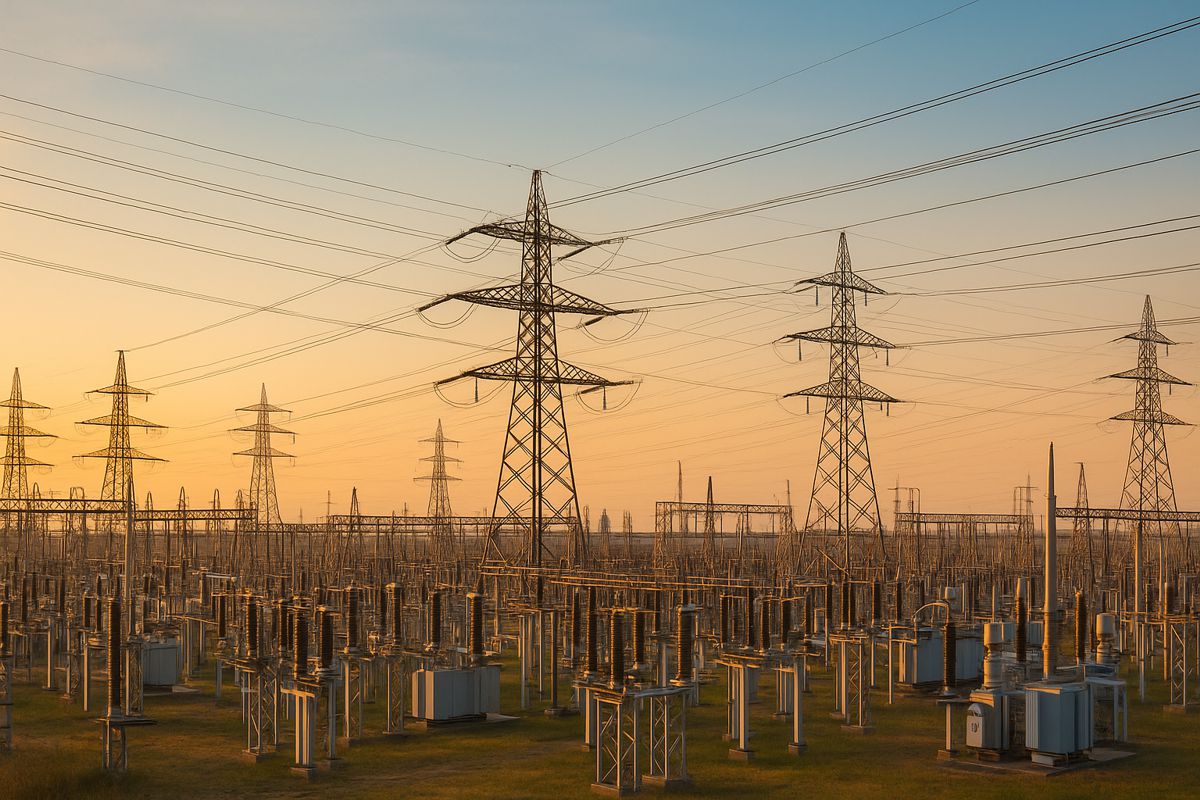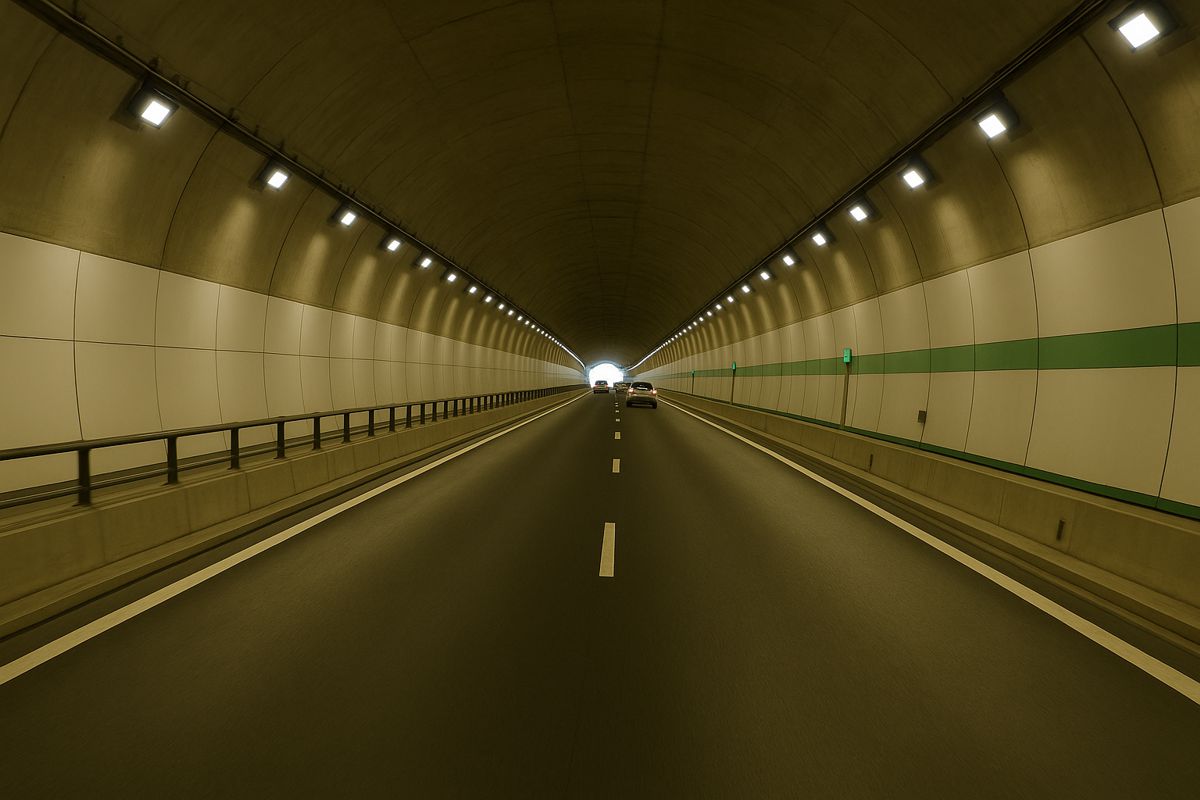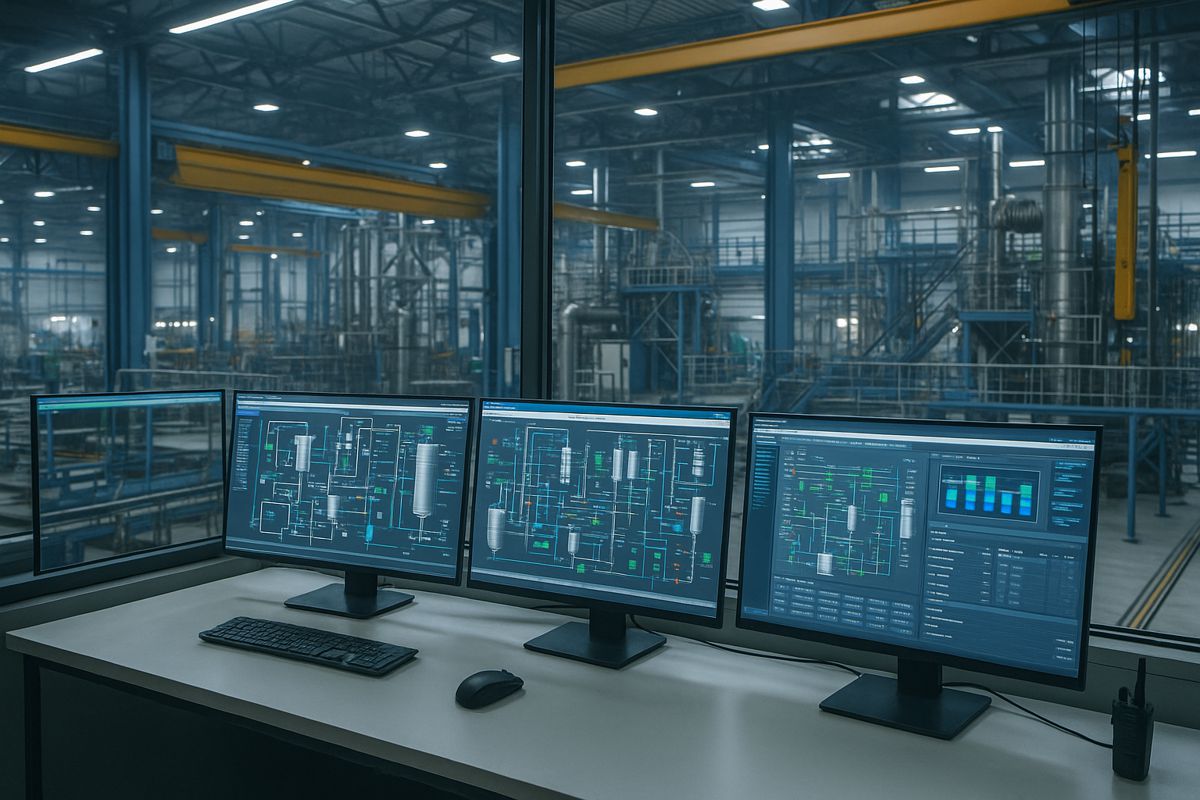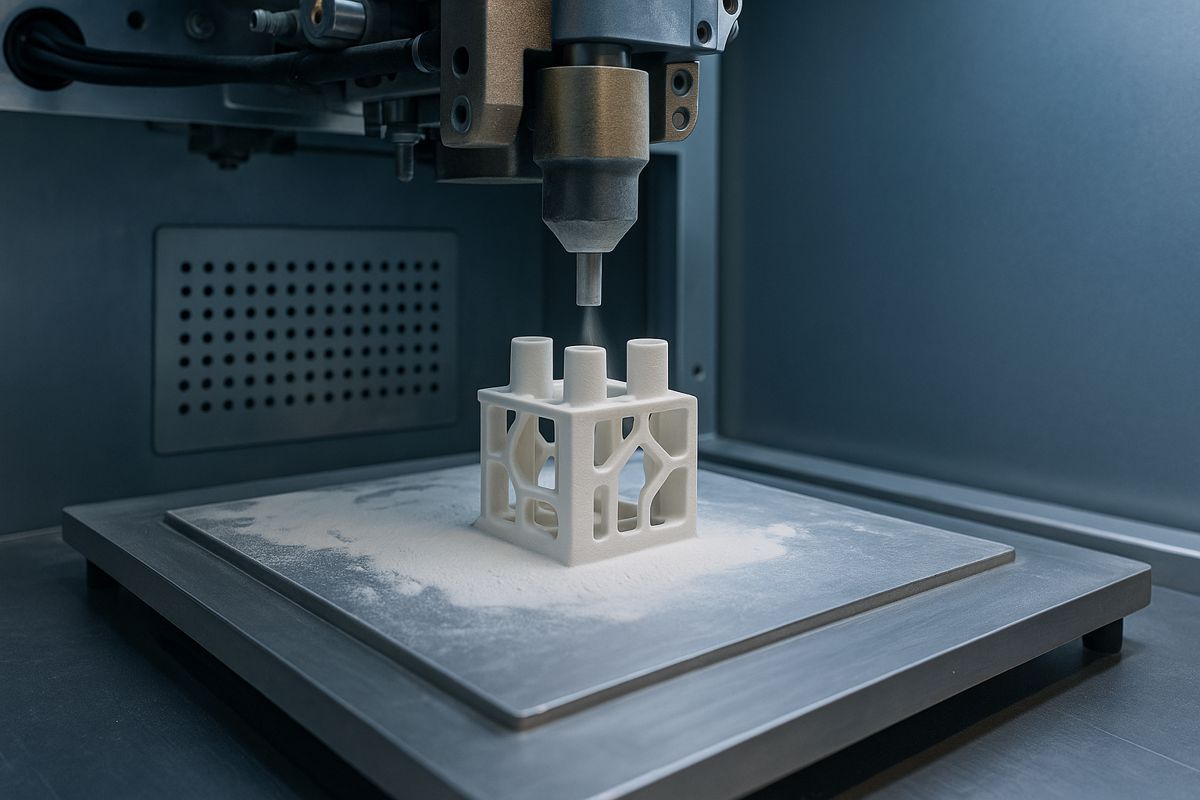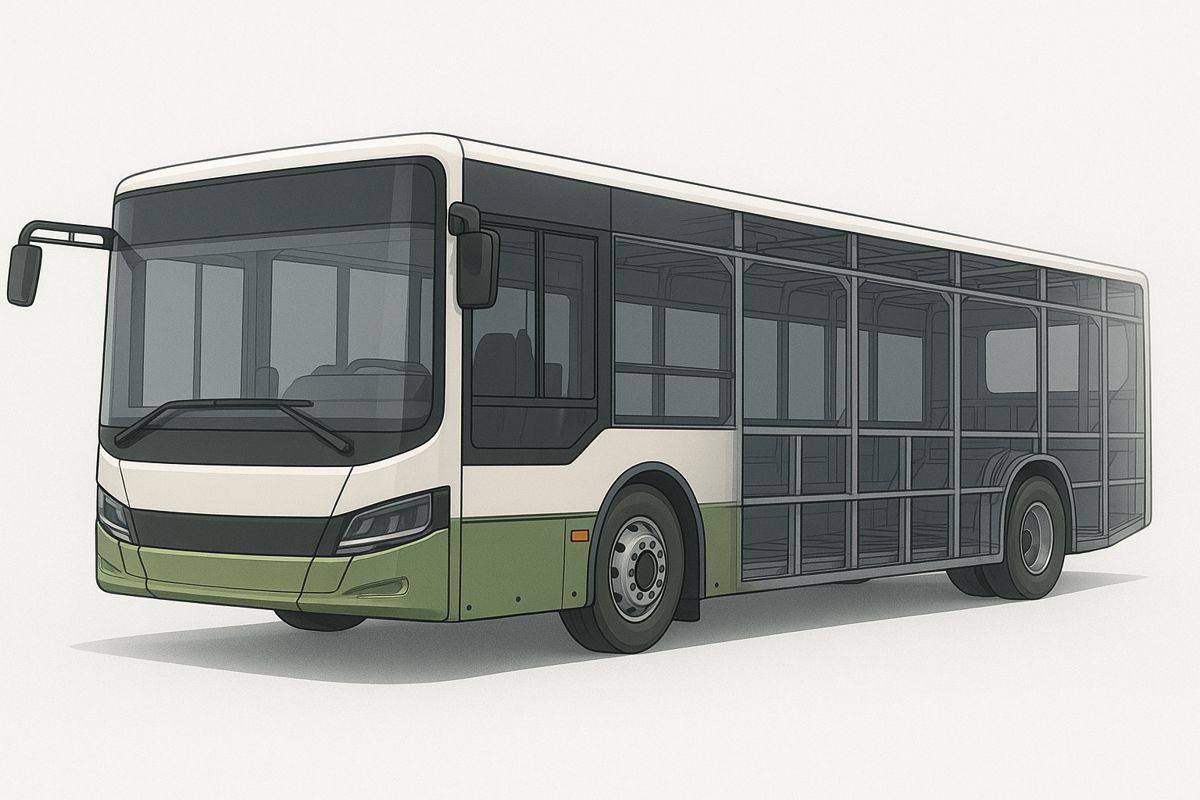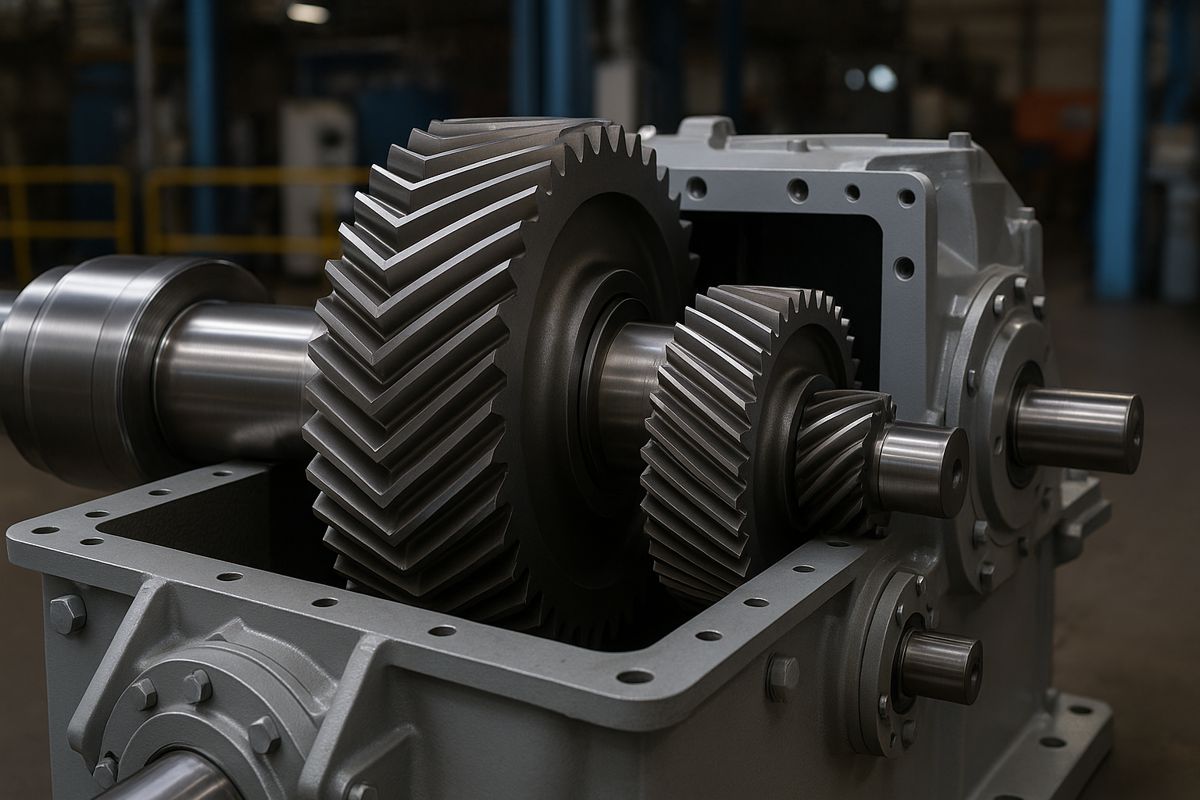Seismic Performance of L-Shaped Composite Shear Walls in Supertall Buildings
The global march toward ever-taller skyscrapers continues to push structural engineering into new territory. As these towers climb higher, the lower sections of their core tube shear walls bear colossal vertical loads. Traditional reinforced concrete solutions often require extremely large wall cross-sections, creating challenges in construction feasibility, usable floor space and overall material efficiency.
Researchers have increasingly turned to composite solutions that blend high-strength concrete with shaped steel sections to enhance load-bearing behaviour without excessively enlarging the wall dimensions. Yet most existing studies have concentrated on rectangular shear walls. L-shaped shear walls, which are widely used to form building cores, have received relatively modest attention, particularly when it comes to understanding their seismic behaviour under high axial compression and multidirectional loading.
A new collaborative study changes that, presenting a rare and detailed investigation into the seismic performance of L-shaped section steel reinforced high-strength concrete shear walls, known as LSRHCW. The research offers much-needed data for engineers designing next-generation supertall cores.
A Collaborative Experimental Programme
Tongji University, Shanghai University, Shanghai Industrial Investment North Bund New Landmark Construction and Development Co., Ltd., and East China Architectural Design and Research Institute Co., Ltd. worked together to examine how these composite L-shaped shear walls behave during severe cyclic loading.
The joint programme resulted in a research initiative titled Experimental Study on Seismic Behavior of L-shaped Section Steel Reinforced High-strength Concrete Shear Walls for Core Tube of Super-tall Buildings. It represents one of the most comprehensive attempts to evaluate this particular wall type under realistic and demanding seismic conditions.
The authors of the published paper include Qiang Zhang, Bin Zhao, Linyuan Ma, Xilin Lu, Xiangyong Ni, Kun Ding and Jianlong Zhou. Their work appears in the Journal of Earthquake Engineering.
Test Design And Experimental Setup
The study focused on four LSRHCW specimens featuring variations in dimensional configuration, reinforcement ratios and concrete strength. All four specimens were subjected to high axial compression with n=0.5. This value simulates the gravity-induced stress levels that would be expected in the lower sections of a supertall building’s core tube.
A key feature of the experiment involved the direction of the lateral cyclic load. Instead of loading the wall limbs along their principal axes, the team applied force at an angle of 45 degrees. This approach replicates complex earthquake action and allows a more accurate assessment of the wall’s multidirectional behaviour.
The test programme offered a detailed evaluation of:
- Crack development
- Failure mechanisms
- Hysteretic behaviour
- Strength evolution
- Stiffness degradation
- Deformation capacity
- Energy dissipation properties
- Steel strain distribution
These parameters provide a holistic picture of how L-shaped composite walls respond under repeated seismic cycles.
Key Findings On Failure Modes
Under the high axial compression ratio applied in the study, every specimen demonstrated a flexure–shear failure mode. The primary trigger was the loss of strength after crushing of the concrete. Interestingly, the degree of crushing varied according to position within the wall: damage at the corner region was considerably more severe than the damage observed at the free end.
The tests also revealed differences in behaviour compared with more commonly studied rectangular wall sections. L-shaped walls engage their limbs differently during lateral action, and the 45 degree loading angle accentuated this divergence. When loaded at this angle, both the corner and free ends experienced pronounced crushing. This differed noticeably from the failure patterns recorded previously under unidirectional testing.
Deformation Capacity And Drift Performance
Despite considerable load demands, all four specimens offered robust deformation performance. The maximum drift ratio recorded reached 3.03 percent, a figure that demonstrates the suitability of steel-reinforced composite walls for high-rise applications where lateral flexibility and ductility are essential.
Hysteretic curves for each specimen were consistently full, reinforcing the walls’ capacity for energy dissipation. This is a crucial attribute for seismic resilience, as the ability to absorb and redistribute energy plays a vital role in preventing catastrophic structural failure.
Influence Of Material Properties And Reinforcement Ratios
The research team found that differing levels of concrete strength and steel ratios generated broadly similar outcomes when assessing strength, deformation and initial stiffness. This suggests that optimising the material composition may offer opportunities to reduce reinforcement ratios without compromising seismic performance.
In practical terms, higher-strength concrete appears to provide enough compensating structural capacity to allow reductions in shaped steel content. For designers grappling with construction efficiency, sustainability goals and cost control, this insight may prove particularly valuable.
Broader Implications For Supertall Building Design
Although the study focused on controlled laboratory specimens, its implications extend directly to the design of real-world supertall buildings. L-shaped shear walls form the backbone of many core tube systems, influencing overall building behaviour under both gravity and dynamic loads.
By providing evidence that high-strength concrete can be used to reduce reinforcement requirements, the research supports the potential for material savings and slimmer core configurations. Both factors may improve constructability and free up internal floor area, enhancing the commercial viability of tall building projects.
The findings also highlight the need for careful assessment of loading direction. Earthquake loads rarely align neatly with a building’s principal axes, and the 45 degree test angle reflects a realistic and often overlooked seismic demand. Designers of supertall structures may therefore need to consider more complex multidirectional load models when assessing wall performance.
Continuing Developments In Composite Shear Wall Technology
The study aligns with ongoing global efforts to refine composite wall systems. Similar initiatives in Japan, South Korea and the United States are exploring how shaped steel, ultra-high-performance concrete and novel reinforcement configurations can be used to push structural capacity even further.
Beyond seismic design, composite walls play a growing role in sustainability strategies due to their potential for material efficiency and reduced concrete volumes. As tall buildings continue to proliferate in seismic regions across Asia and the Middle East, understanding these behaviours becomes ever more relevant.
Designing Next-generation Supertall Buildings
This research provides an essential reference point for structural engineers charged with designing next-generation supertall buildings. It enriches the collective understanding of how L-shaped composite shear walls behave under severe seismic loading and highlights opportunities for more efficient engineering solutions.
Future work may delve deeper into full-scale mock-ups, long-term cyclic degradation, or the integration of advanced damping technologies. For now, the data presented by the research team offers a significant contribution to both academic literature and real-world engineering practice.
